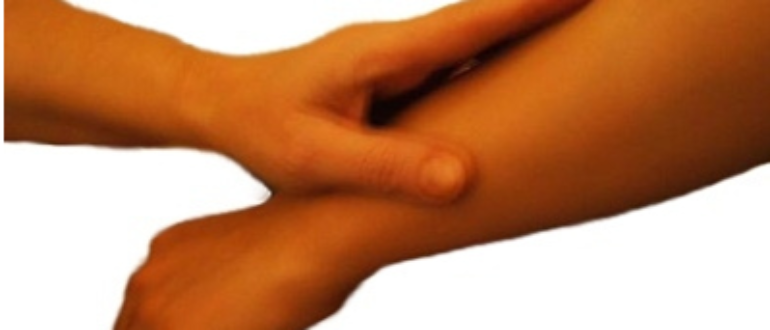You might have seen practices like kinesiologyperthwa.com.au around. You might be wondering what that is. You could be asking a question like how different is it from acupuncture and physical therapy. Well, don’t fret, because you’re about to get a crash course on the basics!
What is kinesiology?
The fundamental idea of kinesiology is that the body has an innate energy that can be directed towards healing. The belief is that the body can do its best to mend itself, but there might be occasions when this capacity is hindered.
Kinesiology is the practice of aiding this natural healing ability by removing imbalances or correcting them, allowing the person to recover of their accord.
Of course, that’s just the core mindset. Kinesiology is a rather extensive practice. The field is notably holistic – it does not look at any one element. It instead tries to see the entire body for what it is and discerns the cause of a problem when it suggests a treatment strategy.
Much like Chinese Traditional Medicine and other ancient practices, a kinesiology expert will examine things like lifestyle, diet, and habits as well as the symptoms. In their mindset, symptoms come about due to an imbalance in one’s behaviour. Correcting this allows the body to mend the damage.
The healing energy so central to Kinesiology is believed to flow along meridians on the body. This is similar in belief to acupuncture, which has a chart of where life energy – “chi” – flows and pools.
In fact, the Chinese concept of “chi” is arguably the root of Kinesiology’s mindset. While it does not adhere to the idea that this energy permeates the universe, kinesiology does believe that a natural energy of the body is vital to its health.
Since energy flow in the body is so necessary, a motion is as well. In the mind of kinesiology, it is essential to move the body in a way that promotes better flow of energy. This means that muscle testing and the use of precise movements are a huge part of how the practice gets things done.
Through the use of various techniques, the energy can be made to flow stronger, or a blockage can be removed. Some of it might be physical therapy, while others recommend herbal supplements or the use of exercise regimens.
However, it should be noted that Kinesiology does not treat symptoms or diagnose illnesses. It looks at the whole picture and corrects problems – usually seeing them as blockages or ebbing energies – but does not name specific conditions.
In other words, a kinesiologist is not a substitute for a doctor. They might be able to recommend one or more changes to your lifestyle to help improve your condition, but they cannot diagnose. Both are healing practices but have different areas of expertise.


